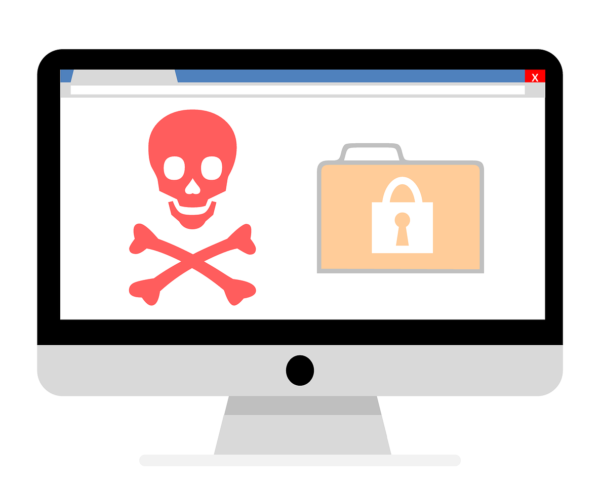The world of cybersecurity is constantly evolving, and it is important for businesses and individuals to stay up-to-date on the latest trends and developments. With each passing year, new threats and vulnerabilities emerge, and cybersecurity professionals must adapt and evolve their strategies to stay ahead of these risks.
As we look ahead to 2023, there are several cybersecurity trends that are likely to have a significant impact on the industry.
Some key trends to watch
Increased use of AI and machine learning:
As cyber threats become more complex, AI and machine learning are being used to enhance cybersecurity measures. These technologies can analyze large volumes of data and identify patterns that may be indicative of a cyber attack. They can also be used to automate responses to potential threats.
Cybersecurity skills gap:
There is a growing shortage of skilled cybersecurity professionals, which is leaving many organizations vulnerable to cyber attacks. In 2023, we can expect to see an increased focus on training and education to address this skills gap.



Multi-Factor Authentication (MFA):
Multi-factor authentication is an extra layer of security that requires users to provide multiple credentials, such as a password and a fingerprint or a facial recognition scan, before they can access their accounts. MFA can help prevent unauthorized access to sensitive data.
Cloud Security:
As more businesses move their data to the cloud, ensuring the security of cloud-based systems and applications becomes increasingly important. This includes securing data stored in the cloud and protecting against attacks on cloud-based infrastructure.
As cybercriminals become more sophisticated and organized, the demand for cybersecurity talent will continue to rise. This presents a major challenge for companies looking to protect their assets.
Internet of Things (IoT) Security:
The number of IoT devices is increasing rapidly, and with it, the potential for cyber threats. IoT devices are often vulnerable due to weak passwords or lack of security updates. Securing these devices is crucial to prevent cyberattacks.
Blockchain Security:
Blockchain technology has the potential to revolutionize cybersecurity by creating a decentralized, tamper-proof ledger. As more businesses adopt blockchain, ensuring the security of the technology becomes critical.
Cyber insurance:
As cyber attacks become more common and costly, many businesses are turning to cyber insurance as a way to mitigate their financial risk. In 2023, we can expect to see continued growth in the cyber insurance industry, with more businesses investing in this type of coverage.
Identity and access management:
As cyber attacks become more sophisticated, it is becoming increasingly important to have strong identity and access management (IAM) policies in place. This includes using multi-factor authentication, monitoring access to sensitive data, and implementing strong password policies.

As we look ahead to 2023, it is clear that cybersecurity will continue to be a top priority for businesses and individuals alike. By staying informed on the latest trends and developments, and by implementing strong cybersecurity measures, we can all do our part to help keep our data and systems secure.





This is a useful post for finding broken links within the website, what about links pointing outwards that are broken? I can use a free web service but wondered if this was possible.
Great tool! I am using a redirect plugin to send all my 404’s to my home page but I think it’s slacking sometimes.